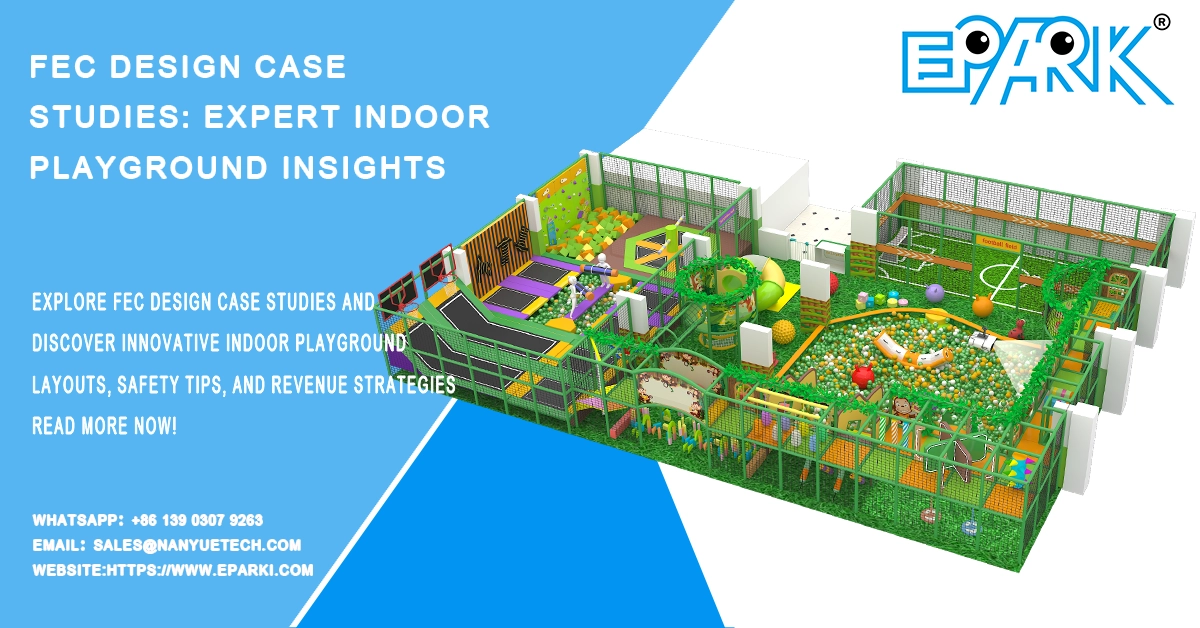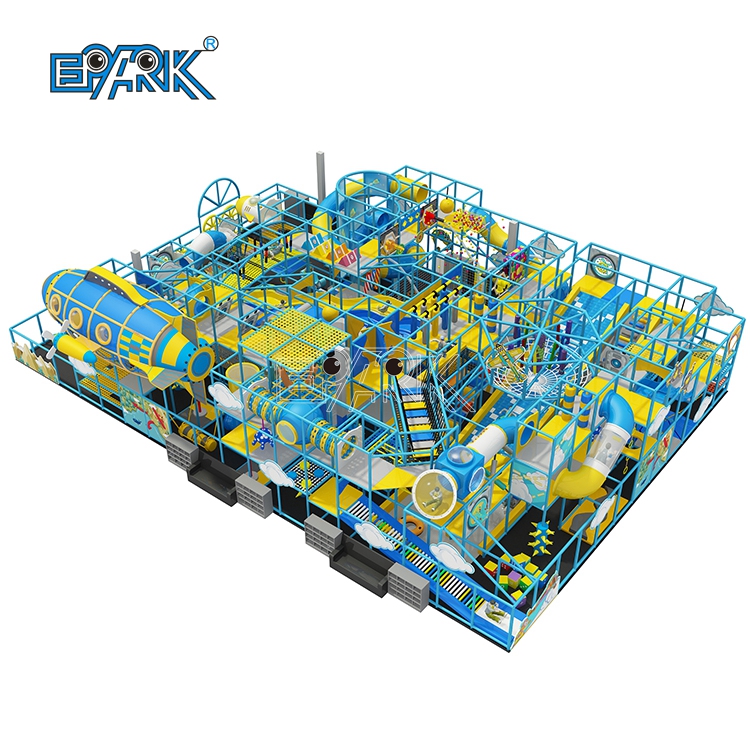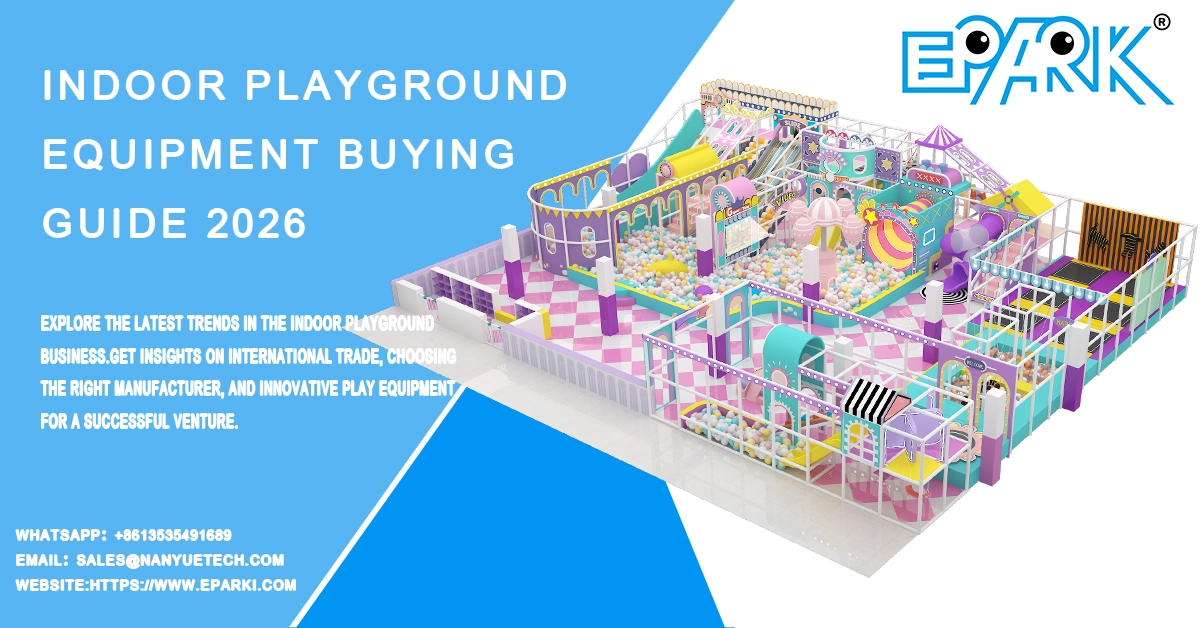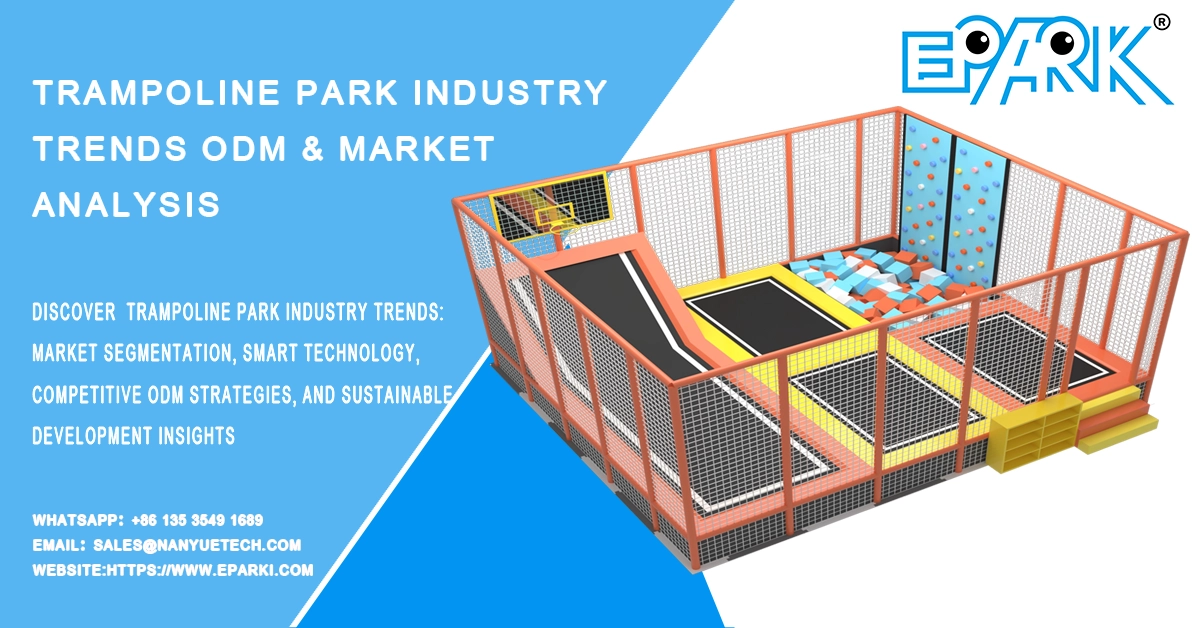Navigating New Heights: An In-Depth Analysis of Evolving Trampoline Park Industry Trends
The global trampoline park industry continues to demonstrate remarkable resilience and evolution, moving beyond its initial growth surge into a phase of sophisticated market maturation. While the sight of vibrant jump courts and foam pits remains central, the underlying business and operational trends have undergone a significant transformation. This article delves into the nuanced shifts defining the industry's future, with a particular focus on the strategic role of trampoline ODM (Original Design Manufacturing) and the move towards highly specialized park concepts. For investors and operators, understanding these trends is crucial for building a sustainable and profitable venture in an increasingly competitive landscape.
1. Hyper-Specialization and Niche Market Domination
The era of the one-size-fits-all mega park is giving way to a more targeted approach. Forward-thinking operators are now developing parks tailored to specific demographic segments, creating dedicated spaces that resonate deeply with a particular audience.
-
The Premium Adult-Oriented Park: This model moves beyond birthday parties and targets the adult fitness and social markets. It features advanced trampoline designs for high-intensity workouts like "bounce fitness," alongside sophisticated bar and lounge areas, sports viewing screens, and even networking events. The equipment, often sourced through a specialized trampoline ODM partner, is heavier-duty, with a focus on performance and a more minimalist, upscale aesthetic.
-
The Early Childhood Development Center: Catering exclusively to the toddler and preschool demographic, these parks prioritize safety and developmental play. The trampoline areas are smaller and softer, integrated with sensory play zones, fine motor skill activities, and designated areas for parental supervision. This requires a manufacturer that understands child development and can produce equipment that meets stringent safety standards for the very young.
-
The Competitive Sports Training Facility: This niche focuses on serving gymnasts, cheerleaders, and action sports athletes. The core of this business is high-performance, competition-grade trampoline equipment, including tumble tracks and Olympic-standard trampolines. The trampoline ODM model is critical here, as these facilities require precise specifications and layouts that off-the-shelf solutions cannot provide.
This trend towards specialization means that the trampoline park business model is no longer monolithic. Success is increasingly found by dominating a specific niche rather than trying to be everything to everyone.
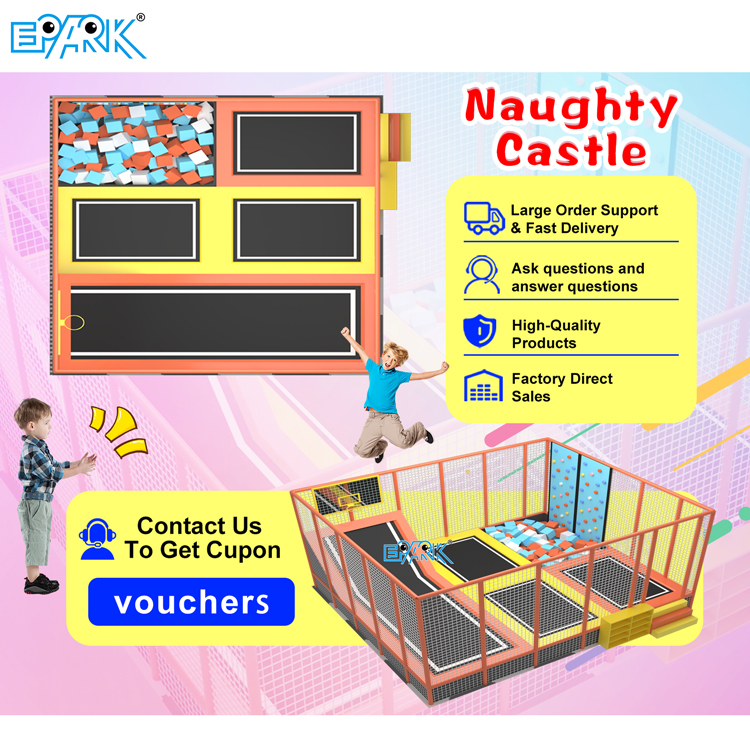
2. The Data-Driven Trampoline: Integration of Smart Park Ecosystems
Technology is becoming embedded in the very fabric of the park experience, moving from a peripheral addition to a core operational system. The "Smart Park" concept leverages data to enhance safety, revenue, and customer engagement.
-
Operational Safety 2.0: Beyond padded walls, advanced parks are implementing integrated sensor systems. These can monitor real-time load distribution on a trampoline, track equipment usage hours for predictive maintenance, and use AI-powered cameras to flag potentially unsafe behavior, alerting staff instantly. This data-driven approach to trampoline safety transforms it from a reactive to a proactive discipline.
-
Personalized Guest Experiences: Through wearable RFID wristbands or app integration, jumpers can track their air time, compete on leaderboards, and activate interactive light and sound games on the court. This not only boosts engagement but also provides the park with invaluable data on customer behavior and popular attractions.
-
Streamlined Operations: Smart access control, automated check-ins, and integrated point-of-sale systems for lockers and food & beverage reduce queues and staffing pressure. This ecosystem-wide integration is a significant trampoline innovation, optimizing the entire guest journey from entry to exit.
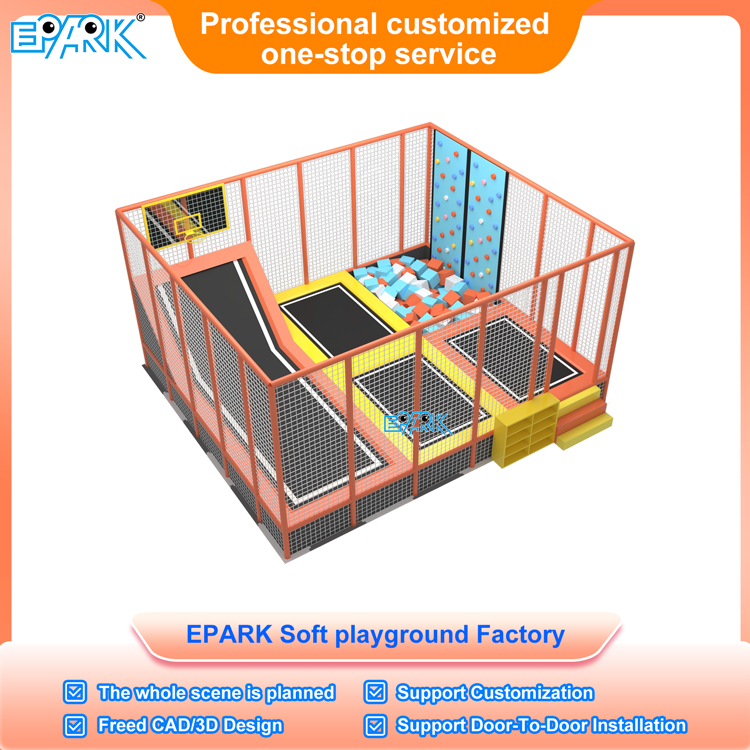
3. The Strategic Imperative of Trampoline ODM and Advanced Manufacturing
As parks specialize, their equipment needs become more unique. This has elevated the role of the trampoline ODM manufacturer from a simple producer to a strategic innovation partner.
-
Co-creation of Unique Attractions: The ODM process allows park owners to work directly with engineers and designers to create proprietary attractions. Imagine a trampoline-based virtual reality experience where the physical bounce is synced with a digital world, or a ninja warrior course that seamlessly integrates trampoline launches. This level of trampoline innovation is only possible through a deep ODM partnership, giving parks a definitive competitive edge that cannot be easily copied.
-
Material Science and Sustainability: Leading ODM manufacturers are at the forefront of material development. This includes using advanced, UV-resistant polymers for longer-lasting jump mats, developing new spring technologies for a more consistent bounce, and incorporating recycled steels and plastics into frames and padding. This focus on durable, sustainable materials reduces the total cost of ownership and aligns with growing consumer environmental consciousness.
-
Supply Chain Resilience and Quality Control: By engaging in an ODM relationship, parks gain greater visibility and control over their supply chain. Factory-direct partnerships ensure higher quality control standards, consistent material sourcing, and more reliable production timelines—all critical factors for the successful launch and operation of a modern trampoline park business.
4. Evolving Revenue Models: Beyond the Hourly Jump Pass
The business model is diversifying. While gate admission remains a core revenue stream, innovative parks are developing new, high-margin income sources.
-
Membership and Subscription Services: Following the fitness industry model, parks are launching monthly membership programs that offer unlimited jumps, exclusive member hours, and discounts. This creates a predictable, recurring revenue stream and fosters a loyal community.
-
Corporate and Event Diversification: Parks are aggressively marketing their spaces for corporate team-building events, adult social nights, and even fitness classes. These private bookings provide significant revenue during traditionally slow off-peak hours.
-
Monetizing Data and Partnerships: The data collected from a smart park ecosystem is itself a valuable asset. Parks can partner with sports brands for targeted advertising or use customer preference data to optimize their F&B offerings and party packages.
5. The Greening of the Jump: Sustainability as a Core Value
Environmental responsibility is transitioning from a "nice-to-have" to a business imperative. Consumers, especially younger families, are increasingly drawn to brands that demonstrate a commitment to sustainability.
-
Energy Efficiency: New parks are being designed with LED lighting, high-efficiency HVAC systems, and even solar panels to offset their substantial energy consumption.
-
Sustainable Sourcing and End-of-Life Planning: Forward-thinking operators are partnering with trampoline ODM manufacturers who prioritize recycled materials and have clear programs for recycling old jump mats, padding, and steel frames. This circular economy approach minimizes environmental impact and enhances the park's brand image.
-
Green Building Certifications: Some of the newest park developments are pursuing green building standards, using low-VOC materials, and incorporating natural lighting to reduce their carbon footprint and operational costs.
Conclusion: A More Sophisticated Bounce
The trampoline park industry is entering a new era of sophistication defined by specialization, technology, and strategic partnerships. The future belongs not to the largest park, but to the smartest and most adaptable. The choice of a manufacturing partner is more critical than ever; it is a choice between buying generic equipment and co-creating a unique, market-defining experience through a dedicated trampoline ODM relationship. By embracing data-driven operations, developing diversified revenue streams, and embedding sustainability into their core, trampoline park operators can ensure their business continues to reach new heights in a dynamic and competitive global market.
General Disclaimer
All data on https://www.eparki.com is for general guidance only. As a leading indoor playground manufacturer and trampoline supplier, EPARK strives for accuracy but gives no express or implied warranty regarding completeness, performance or project fitness. Product specs, designs and results may vary with use and customer requirements. Buyers must verify technical details, compliance and suitability before purchase. EPARK OEM/ODM is not liable for any direct, indirect or consequential damages arising from site use. For custom solutions, contact our manufacturer and supplier team via the Contact page.
Intellectual Property
Text, images, videos, CAD files and software are Guangzhou EPARK Electronic Technology Co., Ltd. All rights reserved. No part may be copied, republished or used commercially without prior written permission. We will pursue legal action for copyright or design-patent infringement.
Trademarks
"EPARK", the EPARK logo and related graphics are registered trademarks of Guangzhou EPARK Electronic Technology Co., Ltd. Unauthorized use in ads, domain names or packaging is prohibited.
Governing Law
These terms are governed by the laws of the People's Republic of China.
Contact
Questions? Email sales@nanyuetech.com or WhatsApp +86 139 0307 9263.

